Samuel Hoi on art and human rights

Transcript
[The words “Art is” appear, followed by scrolling words…Empathy, Political, Hope, Powerful, Social Change…it stops at a Human Right. Art Is a Human Right.]
Samuel Hoi, president of the Maryland Institute College of Art: Art is a way to shift reality and make impact beyond the cultural field. For example, at the height of the European migrant crisis, Joe Murphy and Joe Robertson of Good Chance Theatre, they heard about this refugee and migrant camp in northern France.
[Migrants build a hemispherical thin-shell structure covered in white tarp. It transforms into a performance space with migrants singing, dancing, performing, and projecting visuals onto the white walls.]
They work with these refugees from different countries, different circumstances, and created this communal cultural space.
Joe Murphy, Good Chance Theater: The need for expression—that is as important as food and shelter.
[A protestor holds a sign that says “Humanity Sees No Borders”.]
Samuel: They brought international attention to it. That’s bringing art and life together. The art in this case is genuine, authentic, collaborative. It is a piece of art, but at the same time it has so many other possibilities.
[The words “Art is” appear, followed by scrolling words…a Human Right, Expression, Change, Creativity, Healing…it stops at Justice. Hashtag Art Is Justice. Agree? Share this video.]
[Ford Foundation logo: a globe made up of a series of small, varied circles.]
Accessibility Statement
- All videos produced by the Ford Foundation since 2020 include captions and downloadable transcripts. For videos where visuals require additional understanding, we offer audio-described versions.
- We are continuing to make videos produced prior to 2020 accessible.
- Videos from third-party sources (those not produced by the Ford Foundation) may not have captions, accessible transcripts, or audio descriptions.
- To improve accessibility beyond our site, we’ve created a free video accessibility WordPress plug-in.
Samuel Hoi is president of Maryland Institute College of Art (MICA) in Baltimore. An innovative leader in higher education, he is dedicated to expanding the platform for and impact of art and design education and creative professionals, and to promoting equitable pathways to education and opportunity. At MICA, he initiated a large-scale creative entrepreneurship program, which includes a major venture competition for art and design students, and a campus-wide DEIG (diversity, equity, inclusion, and globalization) integration effort. He also conceived and helped create the Baltimore Creatives Acceleration Network (B/CAN) project.
Previously, Hoi served as president of Otis College of Art and Design in Los Angeles, where he launched the Otis Report on the Creative Economy of the Los Angeles Region and the Otis Report on the Creative Economy of California. He also shepherded a required curriculum involving community engagement that placed art and design education in real-life collaborations and context. Prior to that, as dean of the Corcoran College of Art and Design in Washington, DC, he created a visual arts program serving inner-city youth that received a National Multicultural Institute Award and a Coming Up Taller Award from the President’s Committee on Arts and Humanities.
Born and raised in Hong Kong, Hoi immigrated to the US as a teenager. He received his BA from Columbia College and his JD from Columbia Law School. He subsequently obtained an AAS degree in illustration from Parsons School of Design. He holds honorary doctorates from the Corcoran College of Art and Design and Otis College of Art and Design, and was decorated in 2006 by the French government as an Officer of the Ordre des Palmes Académiques. Hoi serves on and has chaired the boards of the Association of Independent Colleges of Art and Design (AICAD) and United States Artists (USA). He also serves on the boards of National Arts Strategies (NAS), the National Advisory Board of the Strategic National Arts Alumni Project (SNAAP), and the Greater Baltimore Cultural Alliance (GBCA).
Other videos in this series
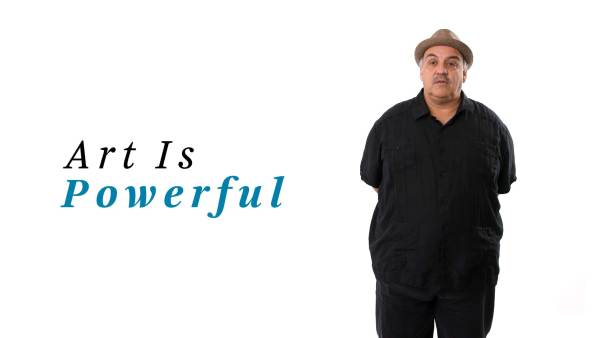
Luis Alfaro on the power of art and imagination
Art is powerful. Playwright Luis Alfaro shares how he uses art to stimulate the imaginations of those who might not be able to see a better life for themselves. He writes plays with narratives that allow people to envision themselves as free in the world.
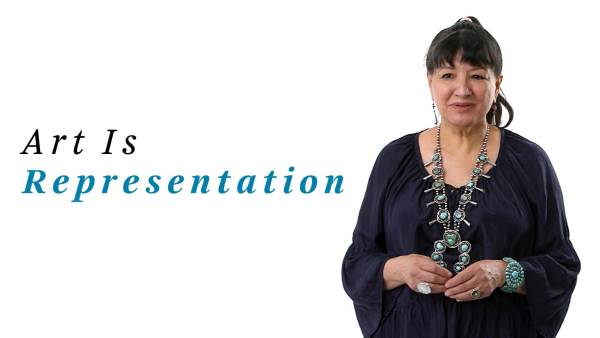
Sandra Cisneros on how art changes lives
Art can change lives for the better. Author Sandra Cisneros writes books that allow young people to see themselves represented on the page. As she says, when people see themselves represented in a way that is empowering, they feel more able to make a difference in the world.
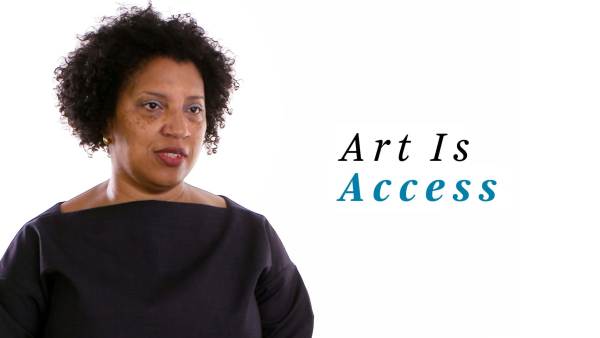
Robin Coste Lewis on how art creates access
Art can be a tool of resistance and beauty. Poet Robin Coste Lewis details how poetry helped her see her body as an aesthetic and political tool, and how art can allow marginalized communities to be seen and included.
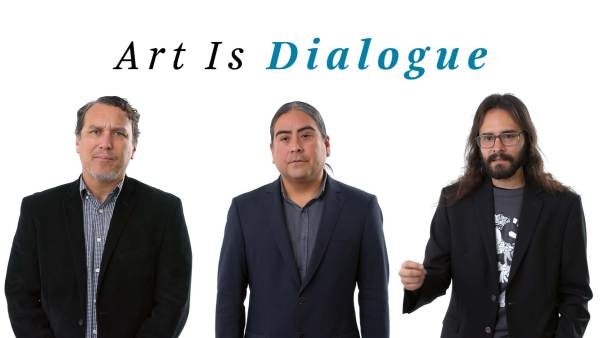
Postcommodity on using art to dialogue
Art can be used to create dialogue between people and break “us-versus-them” mentalities. The collective Postcommodity discusses how it uses art to uplift communities and ensure they have agency to communicate their own needs and desires.
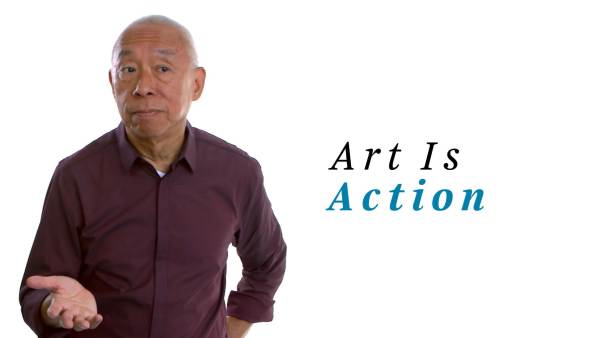
Ping Chong on using art to empower and heal
Art allows us to re-anchor into our humanity. In his work, artist Ping Chong creates spaces for ordinary citizens to speak their own truth on stage. In this way, he heals and affirms people, and helps create a society that’s more just and more humane.
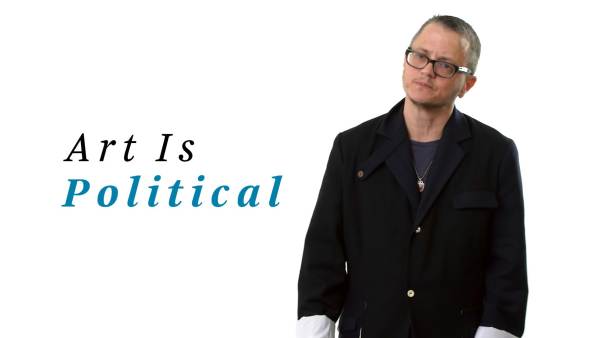
P Carl on the power of curation
Art has to be connected to the politics of our world, because it can bring us together in ways politics can’t. Theater director P Carl believes theater should be curated with the idea that everyone belongs, and in this way, it can help connect people to the issues that really matter.
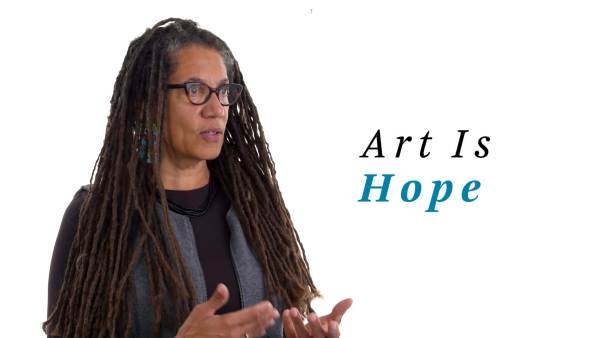
Nikky Finney on using art for change
Art can connect us across time. Poet Nikky Finney draws on stories from the past to challenge artists to continue their efforts for social change. She believes artists should heed lessons from the past and bring them into the future.

Mira Nair on cultural representation
Art gives us the ability to see other cultures and to look at the world anew. Director Mira Nair uses film to tell stories of marginalized communities that are not often represented on screen. She believes art can help people see their place in the world.

Michelle Dorrance on how tap represents social change
Art can represent social change, and tap dancer Michelle Dorrance believes the history of American culture can be seen in the history of tap—early tap dancers were catalysts for social change. By referencing the past and showing a vision for the future, dance can change the world.
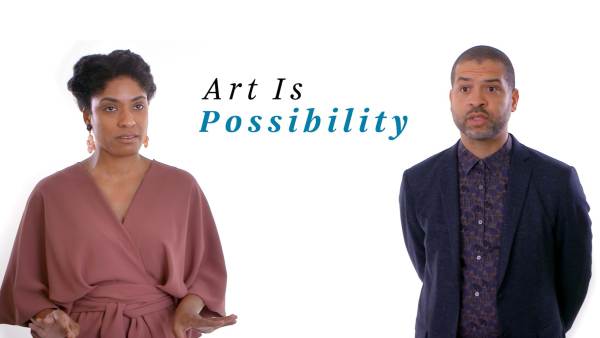
Alicia Hall Moran and Jason Moran on how art is possibility
Art has the power to make a big impact in our world. Musicians and educators Alicia Hall Moran and Jason Moran believe art has the potential to connect people and challenge inequalities. Through art, we can bridge the gap between past and present, and learn more about each other.
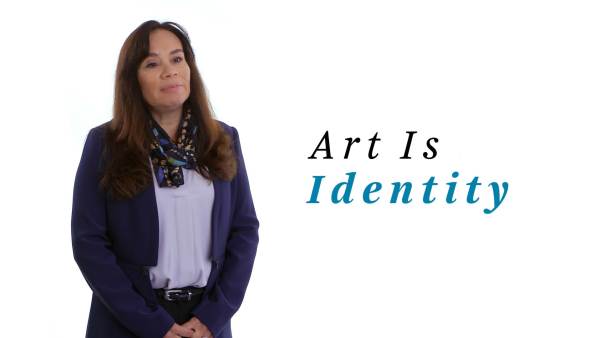
Lori Pourier on the link between art and identity
Art allows us to reveal our identities. President of First Peoples Fund Lori Pourier sees artists as changemakers in society who can help restore history and educate us about our past. In this way, artists can restore both public history and personal identity.
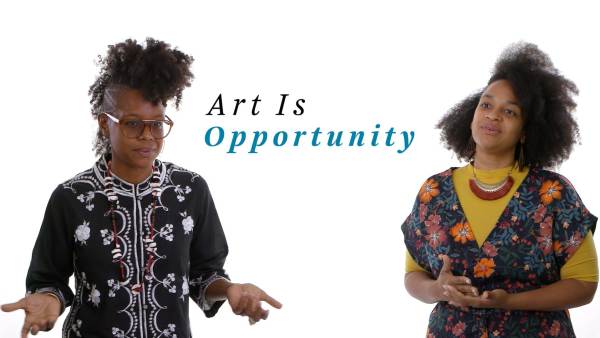
Las Nietas de Nonó on creating opportunities with art
Art gives us the opportunity to create change in communities. The art duo Las Nietas de Nonó use art to share voices of underserved communities in Puerto Rico. They believe in creating theater in alternative spaces, where people’s voices can be heard and a genuine exchange of voices takes place.
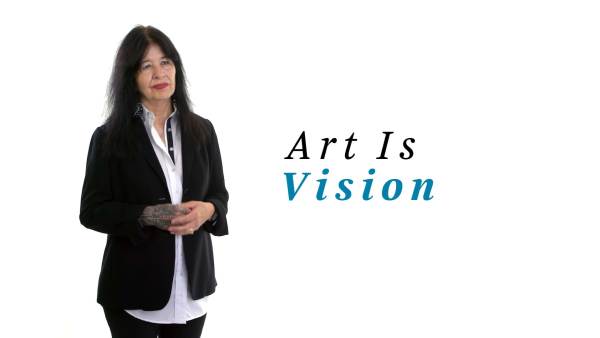
Joy Harjo on how artists have vision
Artists can give vision to a community. Poet Joy Harjo uses her art to strive for gender justice. She believes artists have a responsibility towards growing the communities they’re in, creating a vision for those around them and fostering compassion.
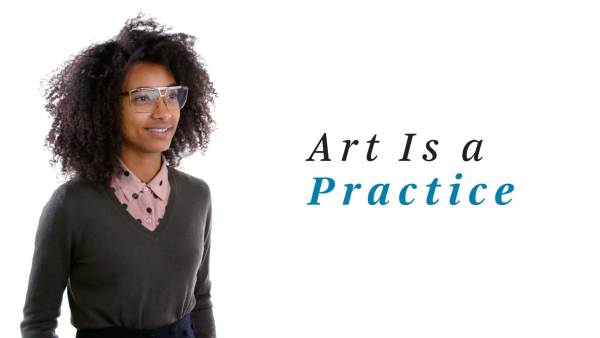
Esperanza Spalding on art as a practice
Art can help heal people. Grammy-winning musician Esperanza Spalding believes artists, through practicing their craft, can experiment and reposition their work to find the best ways to help and encourage people to transform negative situations for the better.
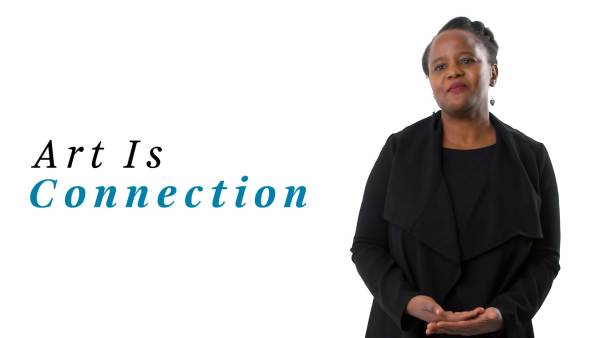
Edwidge Danticat on how literature connects us
Art can transport us to different places and connect us to each other. Novelist Edwidge Danticat uses her writing to share stories that dispel stereotypes and help foster greater understanding. She believes that breaking bias is done through sharing stories.
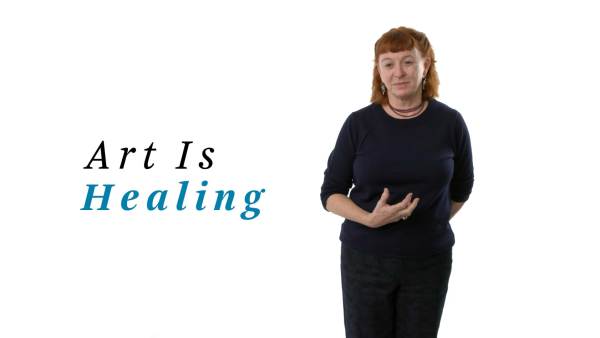
Deborah Luster on how art heals
Art encourages healing by connecting stories between people. Deborah Luster knows firsthand how art can help others heal. She channeled the pain she felt after her own loss to help bring about healing in a prison community.
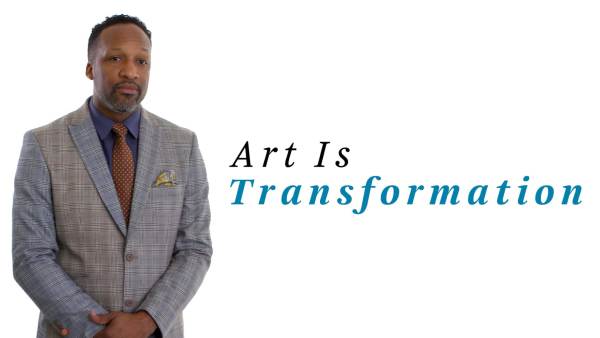
Carlton Turner on how art transforms culture
Artists are cultural strategists working to eliminate oppression and dismantle inequality, says performance artist Carlton Turner. He explains how artists take community work and engage in social transformation by giving voice to those who’ve been disenfranchised. Communities can shift because of the work artists are doing.